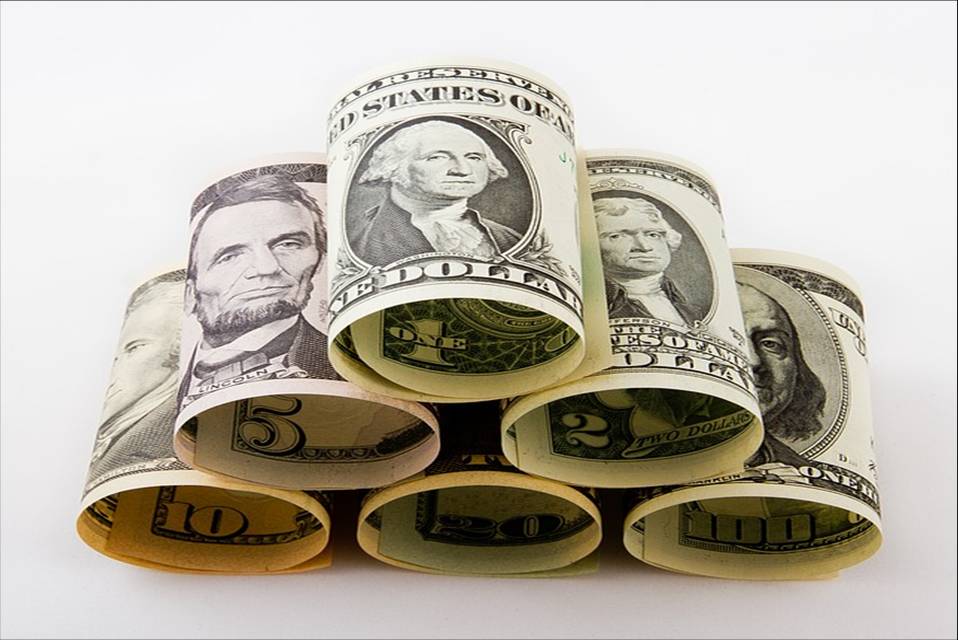Investment Strategies
How Will Rising Interest Rates Affect The Market?

We talk to economists about whether the sharp rise in inflation – and likely path of higher interest rates – spells trouble for equities or not. The asset allocation calls that wealth managers make this year promise to be some of the most challenging for quite a while.
How equities will respond to rate hikes seems to be a classic case of seeing the glass as half full or half empty – while many chief investment officers at advisory firms see the anticipated increases as already priced into a very healthy market, economists and other asset managers aren’t so sure.
“We don’t expect a sharp rise in yields that will imperil the equity rally,” UBS Global Wealth Management chief investment officer Mark Haefele said in a research note last week.
Similarly, the US Federal Reserve Board’s signal to the markets to expect as many as three rate hikes in 2022 “does not materially change our outlook for broader markets this year,” Nuveen chief investment strategist Brian Nick told clients. “We still do not see a scenario in which the Fed’s actions dramatically tighten financial conditions.”
Indeed, even in spite of 7 per cent year-over-year inflation, “demand is showing very little let-up,” noted Rick Reider, head of BlackRock’s Global Allocation Investment Team.
The last time the Fed hiked rates and engaged in quantitative tightening, in 2018, there was a market correction, recalled Carl Ludwigson, director of manager research at Bel Air Investment Advisors. “[This year] however, the positive global growth backdrop should support corporate earnings and might make up for the withdrawal of monetary support.”
Not so fast…
Economists John Leer and Robert Brusca weren’t as sanguine,
however.
Interest rate increases “are likely to hurt asset valuations in the short run,” Leer, chief economist for data and research firm Morning Consult, told Family Wealth Report.
But the rate hikes are “a necessary remedy for elevated asset prices and inflation,” he said. There’s definitely a risk that the Fed may be too aggressive, Leer added, “but right now we need to take our medicine so we enjoy more sustainable economic growth down the road."
Brusca, chief economist for Fact and Opinion Economics, was more pessimistic.
When the Fed began raising rates gradually eight years ago, the markets absorbed the hikes without a major jolt, he noted. Continued high inflation, the lack of federal funds to support the economy, potential qualitative tightening and the prospect of a nasty wage-price spiral slamming the economy will be an altogether different scenario, Brusca argued in an interview with FWR.
“This is a different kind of rate hike and the markets are not ready,” he cautioned. “There will be negative dynamics in place for the year ahead. The question is what exactly will the Fed do and how fast will they do it. There’s still a lot of uncertainty.”
Value takes center stage
There was, however, general agreement that value stocks will take
pride of place for investors in 2022 as rising rates weaken
growth stocks.
Growth stocks, which generate most of their cash flow well into the future, are more sensitive to changes in the Fed’s discount rate that investors use to determine net present value. In contrast, value companies grow more slowly and generate more cash in an earlier time frame, making them less vulnerable to rate hikes.
As a result, UBS believes “the recent rotation into value stocks this year could have further to go,” said Solita Marcelli, head of CIO Americas for UBS, in a note to clients. “Overall economic growth remains solid and value companies, which are more tied to economic growth, should continue to produce relatively strong earnings growth.”
Indeed, because valuations for growth stocks are based on expected in earnings in five or 10 years, the sector is likely to be negatively impacted by discount rate hikes, concurred Steven Check, CEO of Check Capital Management.
“If those earnings are then discounted back by a higher interest rate, this will impact growth company type stocks more than value company type stocks. Therefore, relatively speaking, value stocks are more attractive and money may rotate into them,” Check said.
Growth caveat
Market Street Trust Co. portfolio manager Ross Miller agreed, to
a point.
“We anticipate more equity capital moving toward value stocks that have solid cash flows, lower volatility and higher quality earnings, versus a broad rotation to value,” Miller said.
But don’t count blue chip growth stocks out, said Bel Air’s Ludwigson.
“While value stocks may outperform growth companies if rates continue to rise,” he said, “we expect the yield curve to flatten as the economy slows later in the year which may bring a bid back to quality growth stocks. Factor balance will be an important tool in managing risk with significant swings likely driven by changes in monetary policy, inflation and growth rates.”